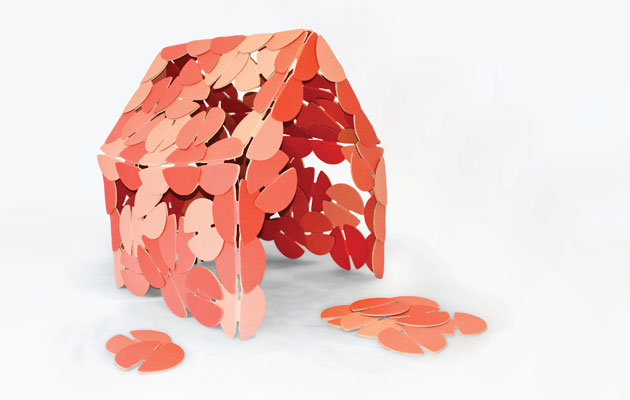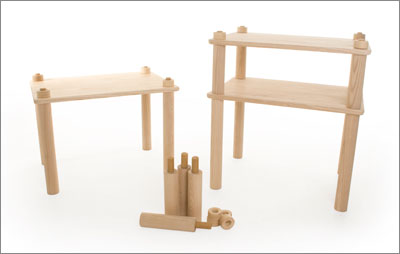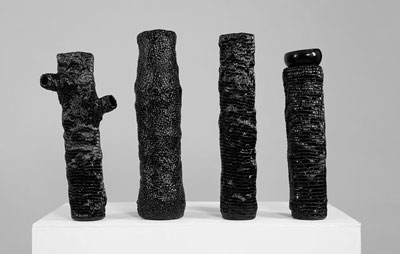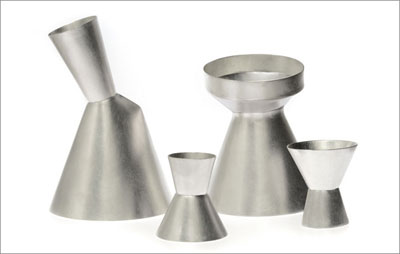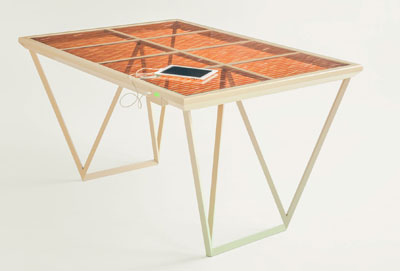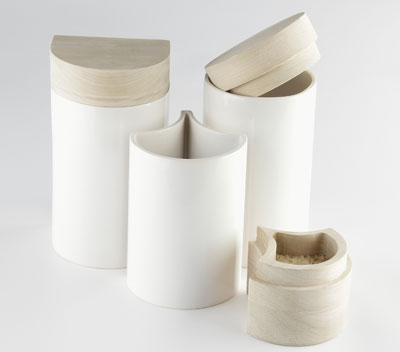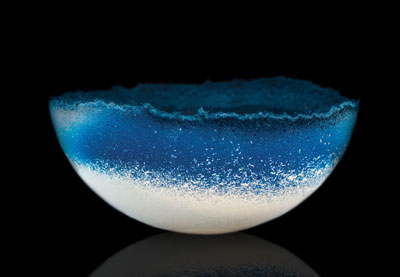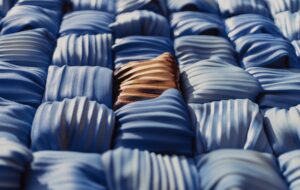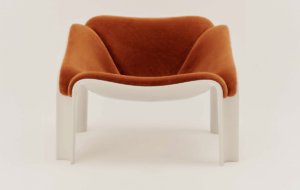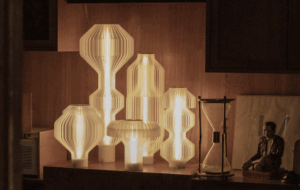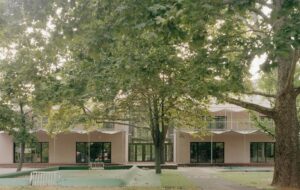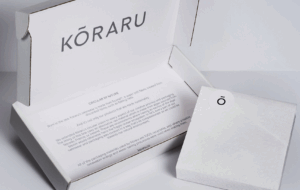|
|
||
|
Design Council names 70 designers that will shape the sector’s future To celebrate its 70th anniversary, the Design Council has today announced a list of 70 emerging designers that it believes will change the face of British Design. Drawn from a wide range of disciplines, the list is divided into six categories: everyday living, design for health and wellbeing, design for social impact, future of city living and rethinking reality. Here are some of the most striking designs on the list. Torsten Sherwood One of last year’s Design Museum Designers in Residence, Sherwood has devised Noook (pictured above), a construction toy that comprises a single component – an orange cardboard disc – that can be used in various combinations to build temporary hideaways for children or on a larger scale as a partitioning system. Dan Hoolahan Frustrated by having to buy suitable furniture every time he moved to new flat, Hoolahan designed a set of components (below) that fit together using screw threads cut into the wood, which can be easily put together and reshaped to form seating, tables or shelves without the need for tools.
Marlene Huissoud There has been much talk recently about harvesting insects as a source of protein, in anticipation of a future where meat is harder to come by. But Huissoud was interested in exploring a more collaborative relationship with insects, by using the natural waste they produce as a raw material. To make her From Insects vessels (picture and video below), she used resin produced by bees and the cocoons of silk worms.
Juliette Bigley In an effort to imbue functional tableware with character, Bigley designed her sets of vessels (below) – “Milk and cream”, “water and wine” and “schnapps set” – to mirror the communication between people, tilting towards each other as if engaged in conversation.
Marjan van Aubel Unlike traditional solar panels, which require direct sunlight, the surface of Van Aubel’s table (picture and video below) gathers and harvests energy from diffused light indoors to charge appliances. Inside the glass panels is a dye-synthesised solar cell that uses the properties of colour to create an electrical current, in a process similar to photosynthesis.
Rebecca Price Price’s space-saving jars (below) are designed for storing rice and for measuring out the correct amount to cook. The jar is shaped to easily pour rice into the lid, which holds one portion of uncooked rice. Its shape mirrors the jar, which in turn makes it easy to pour the rice into a pan. The jars fit together as a collection.
Wael Seaiby Seiby has found a way to turn discarded plastic bags into something aesthetically pleasing: a collection of hand-worked vessels that are reminiscent of glass or ceramic craftsmanship (below). The HDPE plastic bags are turned into sold plastic, which is then ground into a powder and then moulded to form the colourful bowls.
|
Words Debika Ray |
|
|
|
||
|
||

